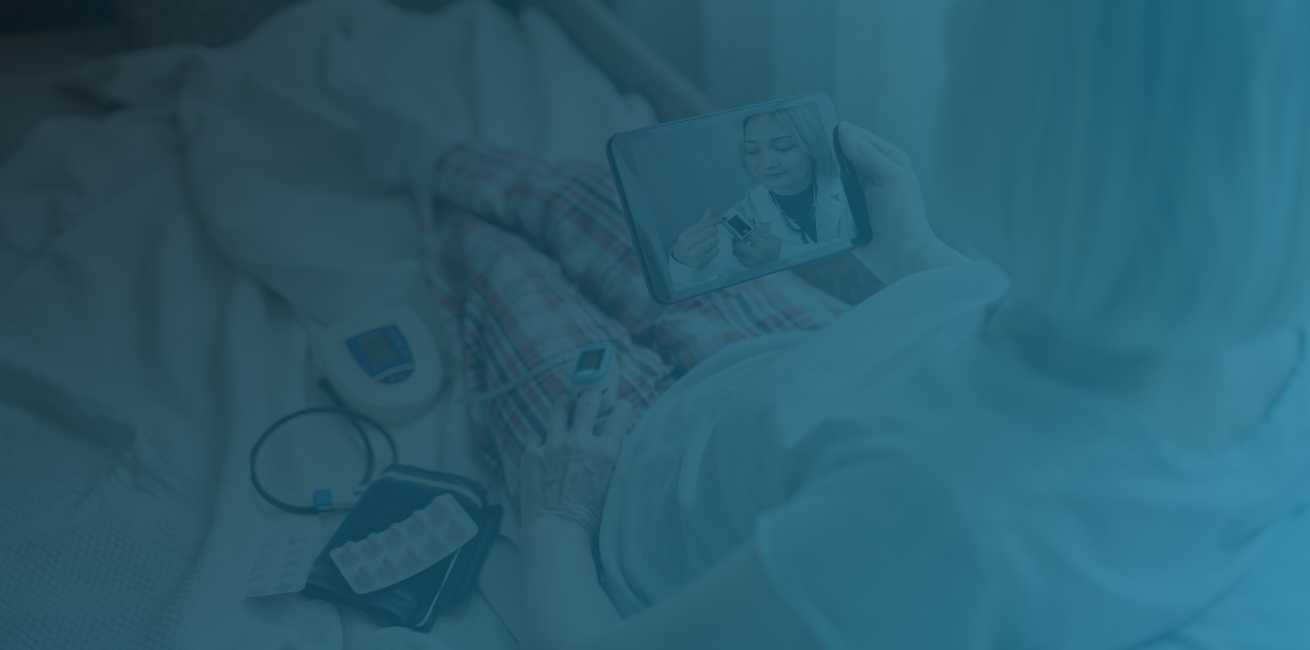As patient care evolves, the industry needs to be nimble to anticipate and overcome obstacles for the unique needs of individual members. Specifically for those with high blood pressure and hypertension, remote patient monitoring (RPM) has become an integral component of care management, offering a means to consistently monitor and address issues in real time.

As payer adoption of RPM rapidly increases, including by health plans and insurers, a set of challenges that must be understood to maximize its effectiveness and patient outcomes has emerged.
Here are some common challenges encountered in RPM for patients with high blood pressure:
1. Technological Barriers
Although RPM aims to simplify the management of health conditions, the reality is that some patients may struggle with the use of digital tools and devices. The initial setup, daily operations, and troubleshooting of devices such as blood pressure monitors can be daunting for those who aren’t technologically savvy or for elderly patients. This can lead to inaccuracies in data or underutilization of monitoring tools, impacting the overall effectiveness of RPM programs.
2. Data Overload and Management
Next, the influx of health data from multiple patients can be overwhelming for healthcare providers. Sorting through vast amounts of data to identify significant trends or abnormalities requires sophisticated data management systems and dedicated staffing. Without efficient data handling strategies, there’s a risk of critical information being overlooked, which can delay interventions for patients who need immediate attention.
3. Patient Adherence
Patient engagement and adherence to prescribed monitoring schedules are crucial for the success of RPM. Challenges arise when patients don’t consistently record their blood pressure readings or fail to charge and maintain their devices. This nonadherence can lead to gaps in data, making it difficult for healthcare providers to offer timely support and adjust treatment plans effectively.
4. Privacy and Security Concerns
Handling sensitive health data brings up significant concerns about privacy and security. Patients and providers need assurance that the data transmitted and stored through RPM
technologies is protected against unauthorized access and breaches. Ensuring compliance with healthcare regulations such as HIPAA in the United States is essential for maintaining trust and integrity in RPM programs.
5. Integration with Healthcare Systems
For RPM to be truly effective, it needs to be seamlessly integrated into existing healthcare systems. This includes electronic health records and care management protocols. Integration challenges can lead to disjointed care and communication gaps between different care providers, complicating the patient's health management.
6. Cost and Reimbursement
Investment in RPM technologies and the ongoing costs of monitoring and data analysis can be significant. Additionally, navigating the reimbursement landscape for RPM services can be complex. Payers need to establish clear guidelines on coverage and reimbursement to encourage the adoption and sustainability of RPM programs.
Overall, RPM for hypertension represents a significant advancement in how care is delivered for today’s modern members, particularly for those managing chronic conditions at home.
However, understanding and addressing these challenges is crucial for payers and providers to ensure that RPM programs are both effective and sustainable. As technology evolves and integrates more deeply into healthcare, the potential for RPM to improve outcomes and reduce healthcare costs becomes increasingly attainable.
AMC Health is uniquely poised to help you overcome these obstacles to provide a seamless experience for your members. This journey doesn’t have to be taken alone. By partnering with AMC Health, you gain access and insights to empower your members every step of the way. Book a discovery call to learn more today!



